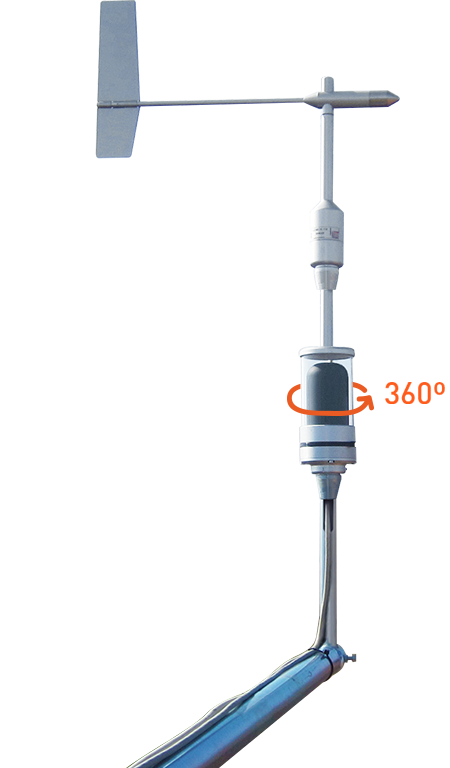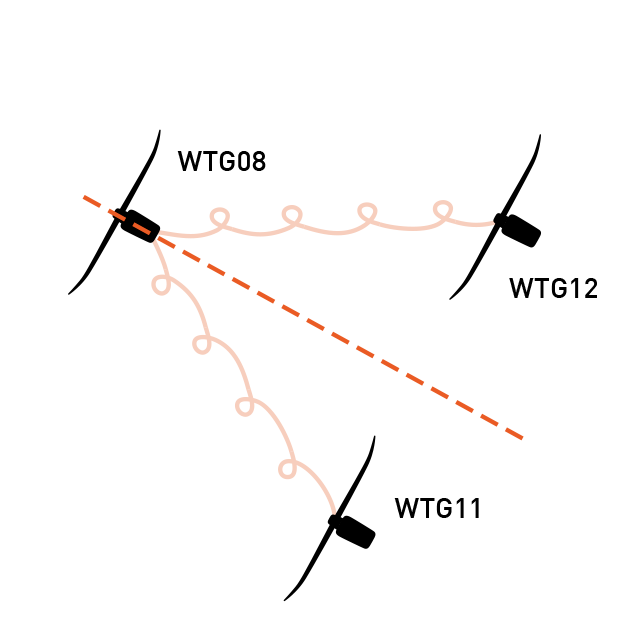GEOVANE
WIND DIRECTION MEASUREMENTS REINVENTED
A patented invention to finally resolve the inherent uncertainties in traditional wind direction measurement.


By adding a Geovane to your wind measurement campaign configuration you will get the most accurate wind direction data available on the market today. Guaranteed!
During the development phase of a wind farm, developers are facing several difficulties when measuring wind direction:
Given the impact incorrect wind direction measurements have, the recently updated IEC61400.12.1 (2017) now requires complete assessment of wind direction measurement uncertainties. The Geovane solves this.
Add a Geovane to your wind measurement campaign and get the most accurate wind direction data available on the market.
And no more mistaking the geographic (True) North for magnetic North...
Wind farm developers usually rely on one to two years of local direction measurements they correct using less accurate long-term meteorological observations from nearby weather stations to obtain a long-term average. However, such local measurements usually include error margins of around 5º- 6º degrees. This is predominantly caused due to wind vane misalignment during field installation.
Even when following the highest industry standards for installing wind vanes, measuring wind direction is inherently difficult and hard to consistently repeat from site to site. Thus, the industry standard is an uncertainty of 5º on the measurement of any wind vane, due almost entirely to the impossibility of traditional methods for correctly orienting in a known direction.
The Geovane’s patented design is equipped with separate high-resolution optoelectronic sensors composed of 2048 photosensing pixels. This allows the Geovane to use the Sun to measure the True North offset of the sensor coupled to it, resulting in more accurate direction measurements than ever possible before.
Geovane obtains the True North wind vane offset by comparing the theoretical solar azimuth angle calculated by its embedded processing unit with the measured azimuth value read by its built-in photosensing pixels.
Geovane receives the sun’s direct radiation and measures the wind vane offset so you can correct wind direction measurements it makes. The True North wind vane offset is obtained by comparing the theoretical
solar azimuth angle calculated by its embedded processing unit with the measured azimuth value read by its built-in photo sensing pixels.
The distribution of wind direction is extremely significant for a wind farm layout. Even minor measurement errors can significantly diminish total power output. Inaccurate wind direction measurements can lead to inaccurate
spacing that does not allow wakes to recover and expand before encountering another downwind turbine. This dampens the power output from affected turbines.
Other effects e.g. higher wind turbine loads and fatigue are not quantified in this study


